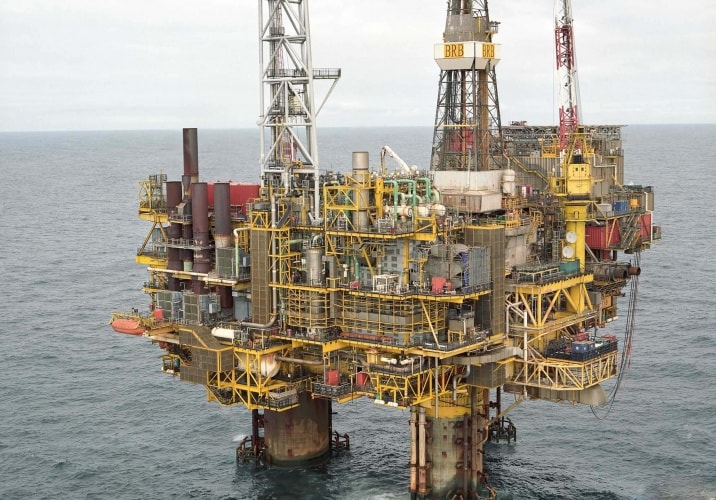Engineering a sea-change
Over the next decade, almost a thousand North Sea oil wells will be decommissioned. It’s an unprecedented series of technical challenges, involving the largest scale of engineering
For almost 40 years, the hydrocarbon reserves of the North Sea have been vital props for five European countries: Norway, the UK, Denmark, Germany and the Netherlands. Since the first licences to explore the region for oil and gas were granted in the mid-1960s, more than 40 billion barrels of oil (an equivalent figure that includes gas on the basis of value) has been extracted from the convoluted folds and fissures of the geology of the seabed, and most estimates say extraction can continue for another 30–40 years, with some 24 billion barrels of reserves remaining.

And while the industry in the North Sea can still look to the future with hope – and exploration continues in other regions of the Northwest European Continental Shelf, such as the regions to the west of Shetland – the industry’s minds are beginning to turn to what’s going to happen when the hydrocarbons run out. It’s clear that we’re closer to the end than the beginning. So how do we bring the era of the exploitation of the North Sea for oil and gas to an end?
Register now to continue reading
Thanks for visiting The Engineer. You’ve now reached your monthly limit of premium content. Register for free to unlock unlimited access to all of our premium content, as well as the latest technology news, industry opinion and special reports.
Benefits of registering
-
In-depth insights and coverage of key emerging trends
-
Unrestricted access to special reports throughout the year
-
Daily technology news delivered straight to your inbox










Water Sector Talent Exodus Could Cripple The Sector
Maybe if things are essential for the running of a country and we want to pay a fair price we should be running these utilities on a not for profit...